What You Need to Know About Depression in Women
Feeling sad every now and then is an inevitable part of life. However, if sadness gives way to hopelessness and despair, you may be suffering from depression.
As we celebrate Women’s Month, let us take this opportunity to shed light on depression, its prevalence and impact on women, and methods for prevention.
When Sadness Turns Into Depression
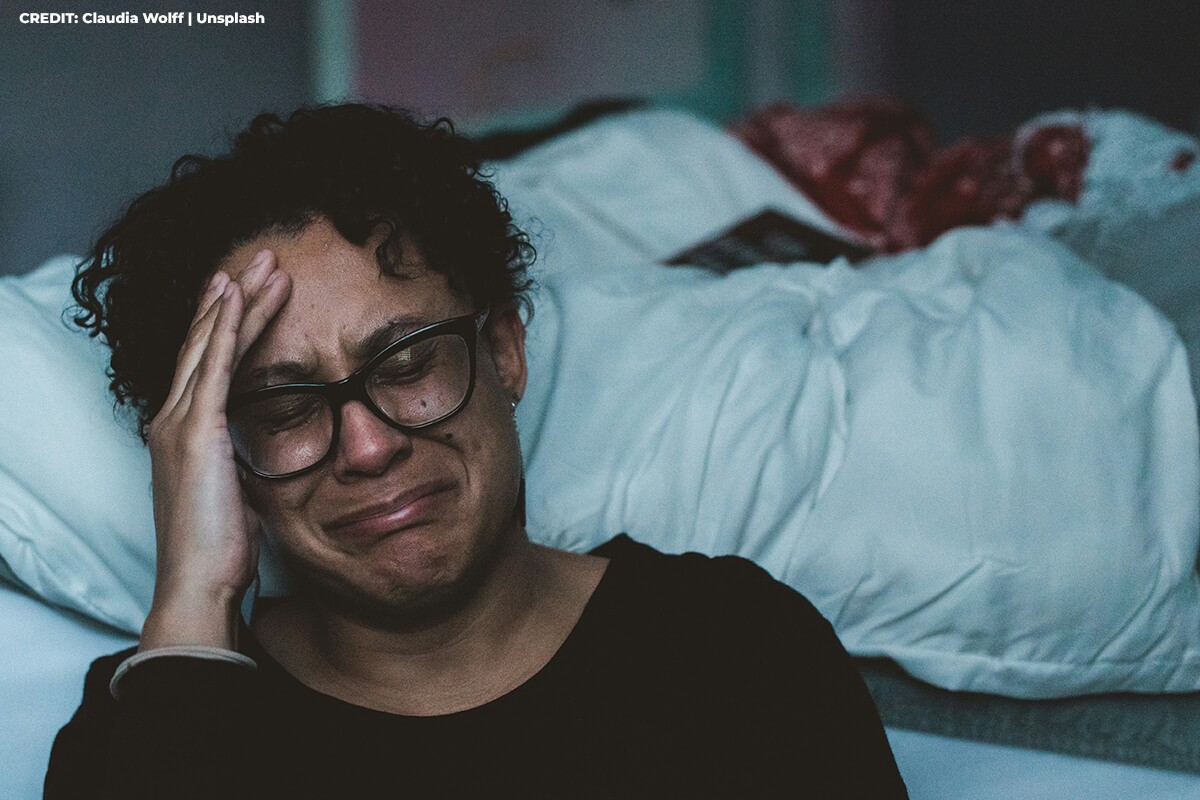
We all experience bouts of sadness from time to time. It is a healthy, normal response to life’s inevitable challenges, including breakups, the passing of a loved one, and job loss.
Depression, on the other hand, is a serious mental health condition that requires treatment by a licensed therapist. Mental health experts use the term clinical depression to describe the imbalance of certain chemicals resulting from various possible factors, such as emotions, genes, and brain chemicals.
While sadness and depression are completely different things, both share similar symptoms. This makes it difficult for the affected individual and others to distinguish one from the other. What sets apart normal sadness from depression is the duration and intensity of the feeling. It’s normal to feel sad about unwanted, painful, and unfortunate events, but this will eventually fade with time and will have no bearing on your mental health or daily routine.
However, when feelings of sadness linger and become more amplified, it is a potential sign of depression. If you find yourself no longer enjoying activities you previously loved or are having difficulty performing the simplest activities like getting out of bed or taking a shower, seek the help of a therapist. With early detection and treatment, depression will get better, too.
Why Women Are More Prone Depression
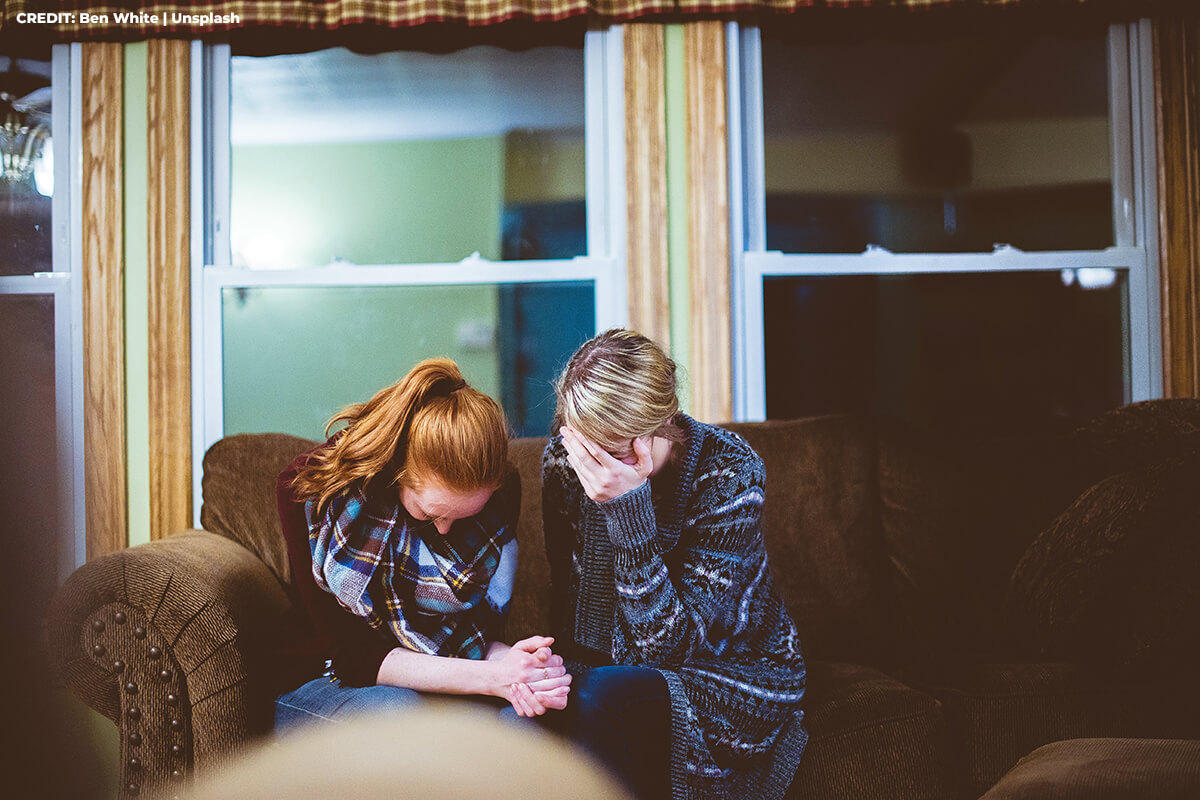
Women are more likely to experience depression than men. As a woman, you play different life roles — wife, mother, employee, caregiver, and more. Sometimes, the complexity of these roles can result in periods of ups and downs throughout your life. Certain factors may come into play and indicate signs a woman is depressed.
- Hormones – Hormonal factors can put women at risk of depression. Issues, such as menstrual cycle, fertility, pregnancy, perimenopause, and menopause, can be triggered by hormonal imbalances and rapid fluctuations in reproductive hormones.
- Psychological Factors – Women tend to be more emotional than men and are more likely to rehash negative thoughts when depressed. Although crying, talking with friends and rehashing are normal responses to depression, research showed that brooding while in your depressive state can worsen the symptoms. Other psychological factors that increase the risk of depression in women include negative body images and stress-induced depression. Women also have higher stress levels than men due to higher levels of progesterone that prevent stress hormones from levelling out.
- Social Causes – Lifestyle choices, relationships, and coping skills have a unique impact on women than men. Women tend to be more affected by marital or relationship issues, work-life balance issues, stressful life events, and financial difficulties. In addition to hormonal changes, psychological factors, and social causes, other causes of depression include:
-
- Death of a loved one before age 10
- Physical or sexual abuse during childhood
- Use of certain medication
- History of mood disorders
Signs and Symptoms of Depression in Women
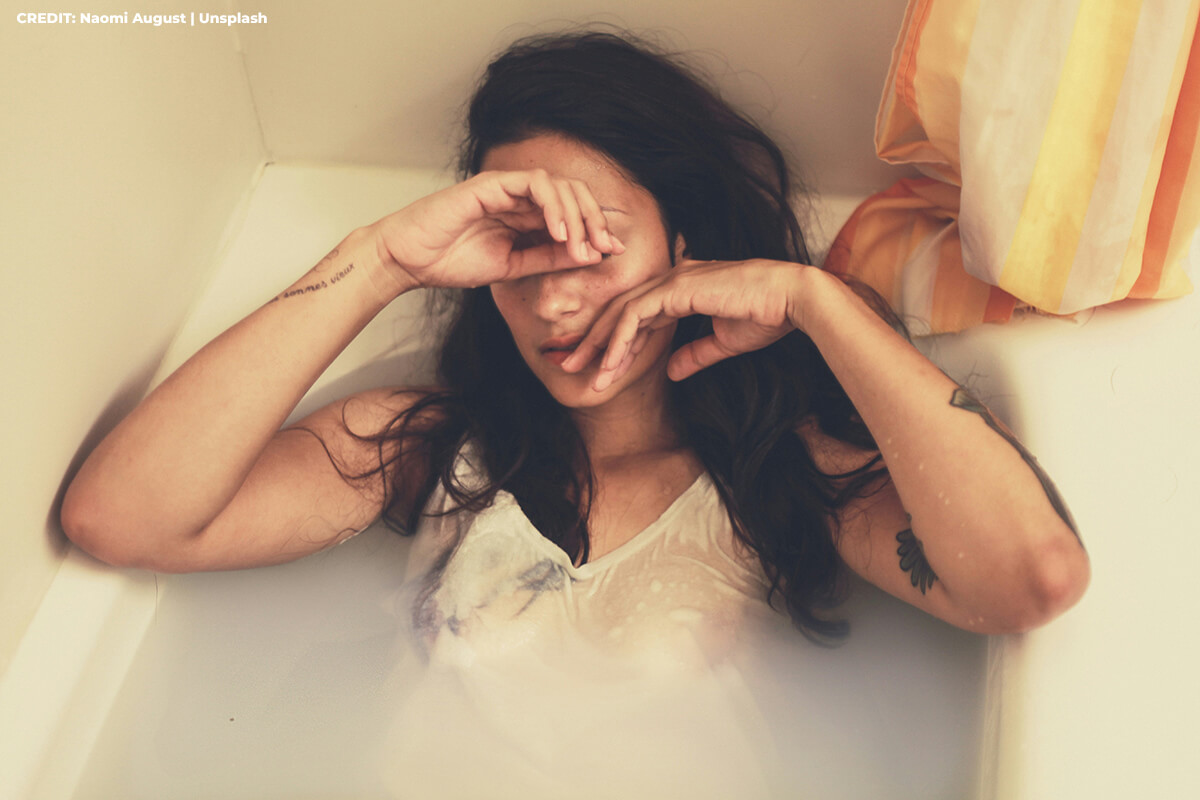
The symptoms of depression may vary from woman to woman. Some experience a few symptoms while others have many. Also, the severity, frequency, and duration of depression bouts may differ depending on the individual.
Common signs of depression in females include:
- Feeling helpless or hopeless as if things will never get better or the situation will never improve
- Losing interest in your favourite activities
- Experiencing a significant change in appetite, resulting in weight loss or gain
- Having trouble getting a good night’s sleep
- Frequently feeling angry, irritated, restless, or agitated
- Constantly feeling tired and sluggish
- Having difficulty concentrating, making sound decisions, or remembering things.
- Often experiencing pain, including cramps, headaches, breast tenderness, or bloating.
- Having thoughts about death or suicide
Types of Depression Unique to Women
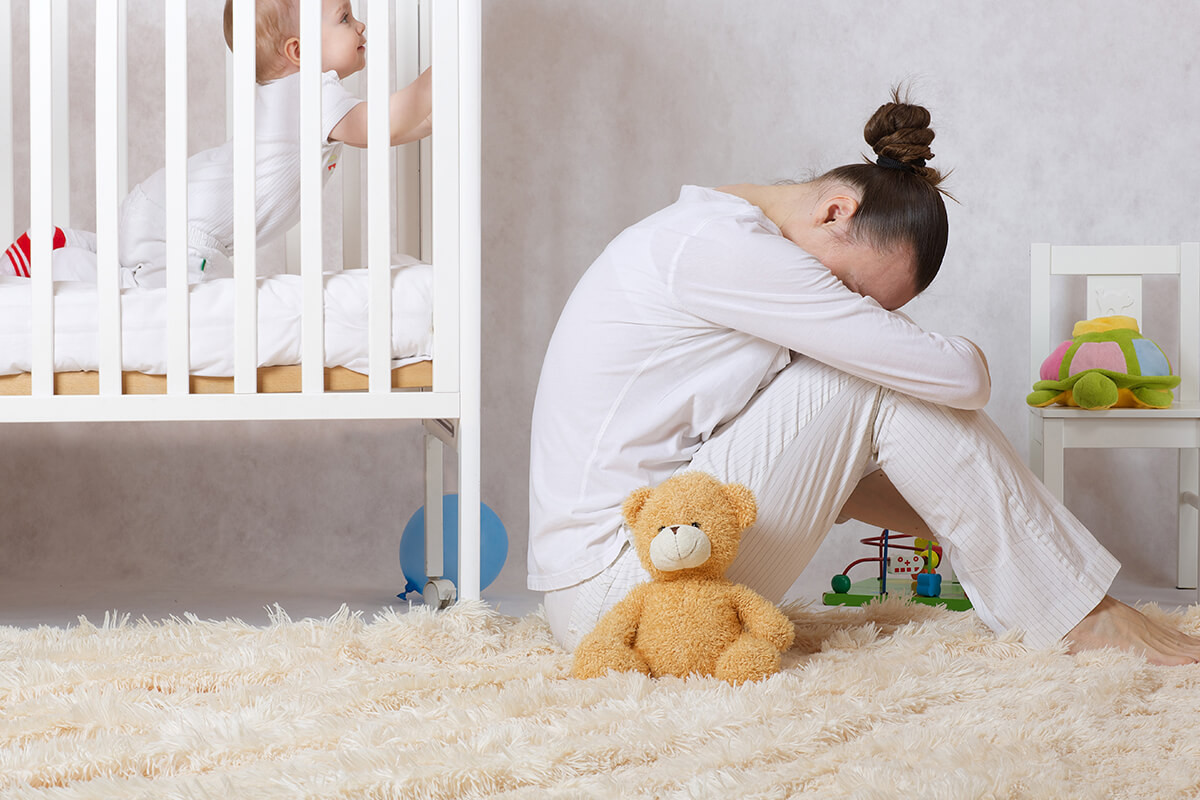
Physical and hormonal changes play a huge factor during the menstrual period, pregnancy, postpartum period, and perimenopausal. Women can experience certain types of depression at different stages in their lives.
- Premenstrual Dysphoric Disorder (PMDD)
While premenstrual syndrome (PMS) causes mild symptoms of moodiness and irritability in the weeks prior to menstruation, PMDD is a serious condition that triggers disabling symptoms of anger, extreme sadness, drastic change in appetite, bloating, joint and muscle pain, breast tenderness, and even suicidal thoughts.
- Perinatal Depression
Pregnancy may be an important milestone in a woman’s life, but it’s not easy. Pregnant women may experience frequent bouts of morning sickness and mood swings. Caring for a newborn is also a challenging task, especially for a first-time mother. “Baby blues” can cause mild mood changes, worry, unhappiness, and fatigue in new moms during the first 2 weeks after childbirth. Fortunately, these symptoms eventually recede as the new mom adjusts to motherhood.
Perinatal depression, on the other hand, is more than just the “baby blues.” It is a serious mood disorder that occurs during pregnancy (prenatal depression) and after childbirth (postpartum depression). Symptoms of perinatal depression include feelings of extreme sadness, fatigue, and anxiety, which prevents women from performing daily routines.
- Perimenopausal
Transitioning into menopause can be challenging for many women. While it is a normal phase in a woman’s life, it can put women into abnormal menstrual periods, difficulty sleeping, mood swings, and hot flashes. Although these are common symptoms, feelings of depression are not. Perimenopausal depression symptoms can include anxiety, irritability, sadness, and loss of enjoyment during the transition phase.
Depression Can Be Treated
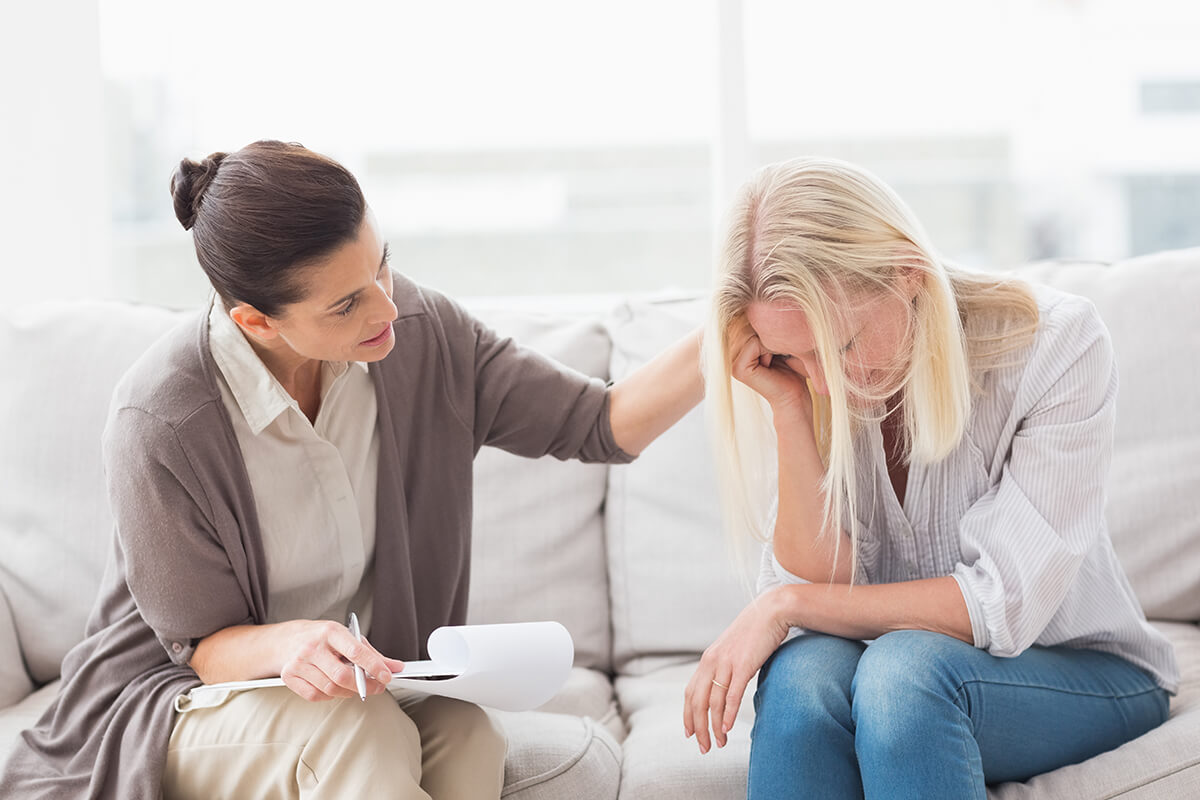
If you are a woman suffering from depression, do not lose hope! Even the most serious cases of depression can be treated with medications (antidepressants), psychotherapy (talk therapy), or a combination of both.
Cognitive behavioural therapy (CBT) is proven to be a highly effective method in the treatment of depression. A licensed therapist will teach you new ways of healthy thinking and effective coping mechanisms to fight depression. Counselling also helps women change habits that potentially contribute to depression.
Keep in mind that signs of depression in women’s health, at any stage in life and for whatever reason, is a serious mental health problem and must be taken seriously. Just because being a woman makes you prone to depression does not mean you have to suffer in silence.
There is no one-size-fits-all treatment for depression. Wendy Limarzi is a licensed therapist offering personalized depression counselling in Windsor, Ontario. Reach out to our office so we can help see you through these times. If you are looking for a caring partner who can support your treatment and recovery, call us today at (519) 253-1519 to book an appointment or use our contact form.

